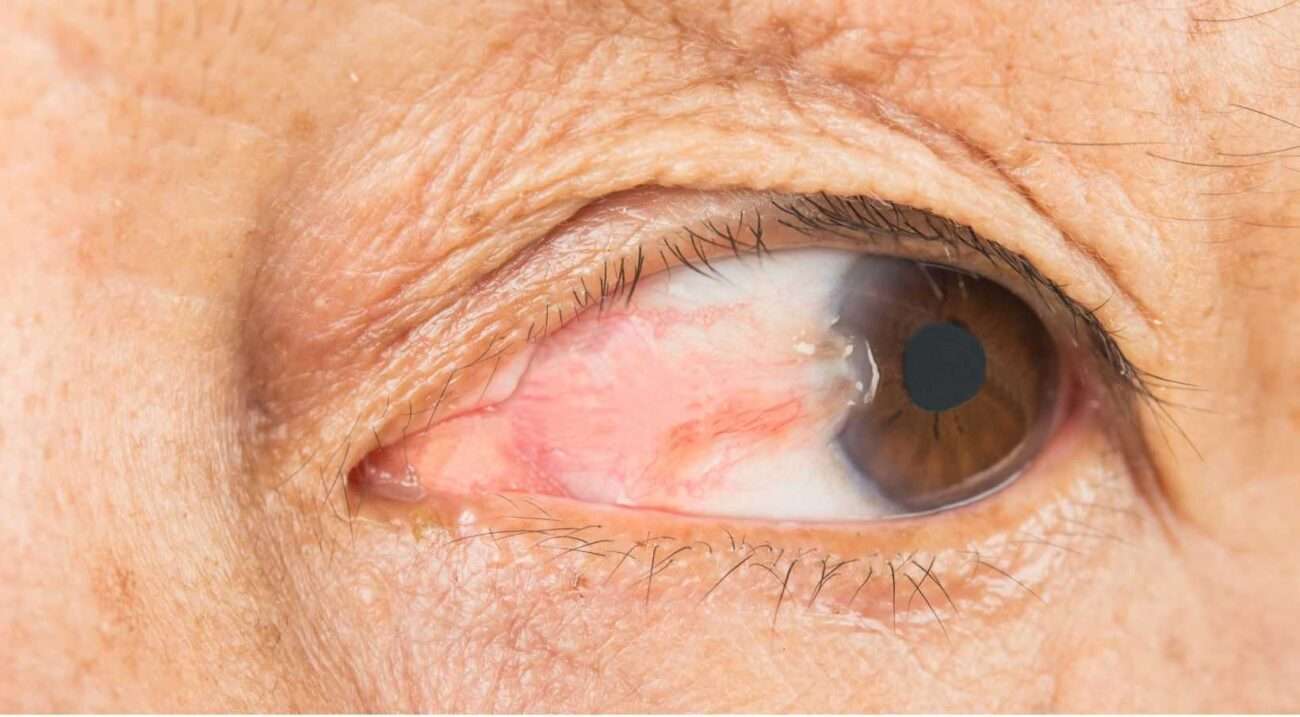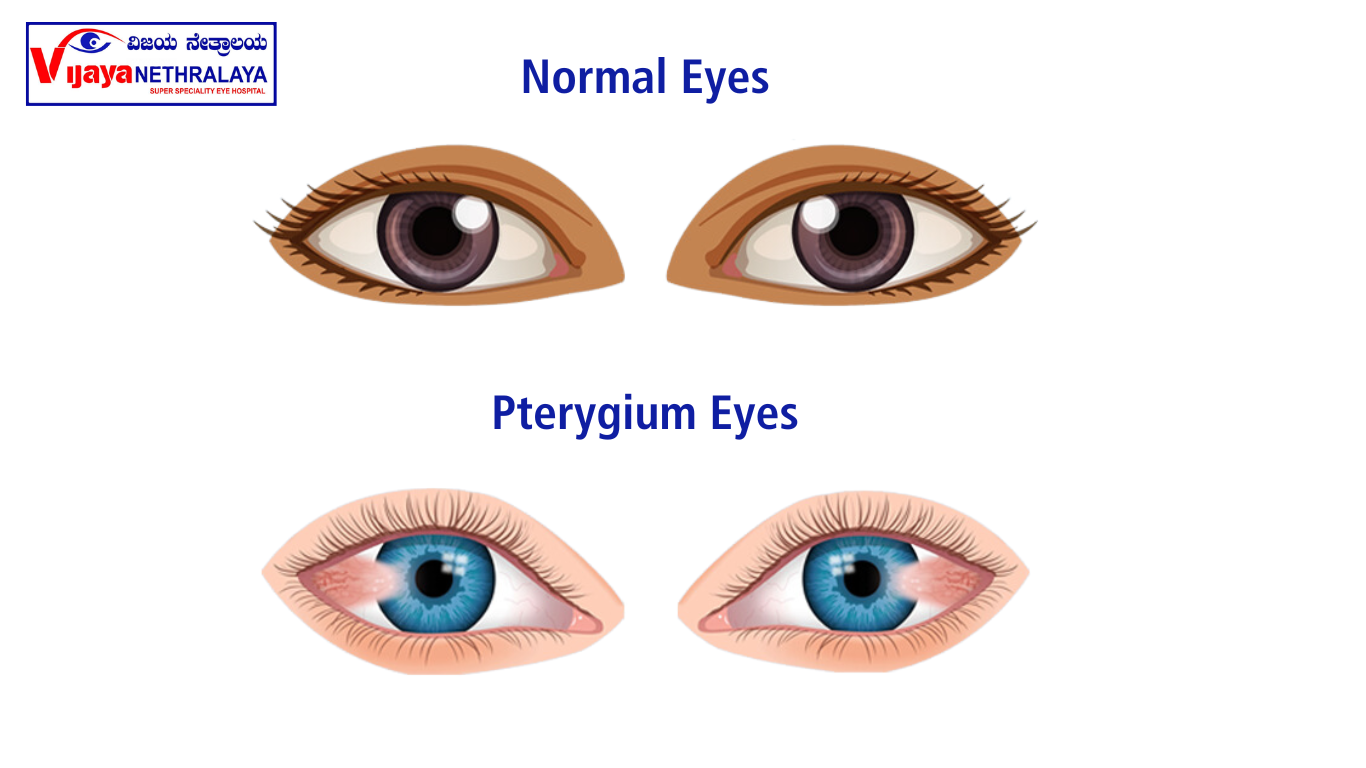FAQ
Most frequent questions and answers
It is a tissue growth that usually appears as a pink, wing-shaped lesion on the cornea. The growth is benign, meaning it’s not cancerous.
Conjunctivitis, also known as “pink eye,” is a common eye infection that’s usually benign and not serious. It can be caused by bacteria, allergies, or viruses. Most of the time, it goes away on its own within a week or two without causing any permanent damage to the eye. However, in severe cases, it can interfere with the way tears cover the eye, causing dryness, redness, and inflammation.
It has been observed through microscopy that the white tissue is composed of fibro-vascular tissue whose collagen fibers often present elastosis.
The predominance of pterygia on the nasal side in the interpalpebral zone is thought to result from the following mechanisms: Light passes through the cornea more strongly on the medial (nose) side, while the nose shadow decreases the strength of light transmitted to the temporal (eye) side.
Pterygium Eye Treatment surgery involves the removal of abnormal tissue from the sclera and cornea of the eye. Today’s techniques offer a significantly higher success rate than conventional surgery.
Common symptoms of a pterygium include redness, irritation, dryness, and a gritty or foreign body sensation in the eye.




